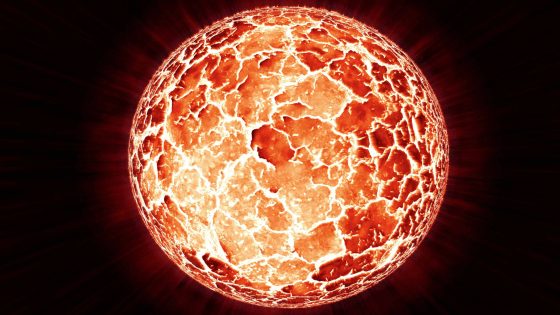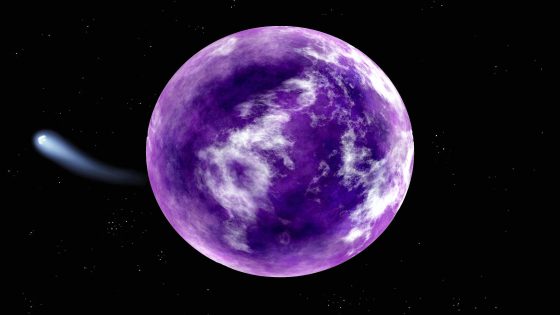Nasa’s James Webb Space Telescope is revealing stunning details about the chaotic environment surrounding the supermassive black hole, Sagittarius A*, at the heart of our Milky Way galaxy. On February 18, 2025, researchers announced that they observed a constant flickering of light and occasional bright flares as material spirals into this massive gravitational entity. What does this mean for our understanding of black holes?
- NASA's James Webb Space Telescope observes Sgr A*
- Accretion disk shows chaotic light flickering
- Flares occur one to three times daily
- Sgr A* is 26,000 light-years from Earth
- 90% of disk material falls into black hole
- Webb enables extended observation periods
Understanding the Chaotic Environment of Sagittarius A*
What happens in the swirling disk of gas surrounding a black hole? NASA’s Webb Telescope has given US an unprecedented view of this dynamic region. The observations reveal a constant flickering of light and sporadic flares, indicating intense activity as gas is drawn into the black hole’s gravitational pull.
Key Observations from the James Webb Space Telescope
The Webb Telescope’s observations have opened a window into the complex interactions between black holes and their surroundings. Here are some key points:
- Constant flickering light from the accretion disk indicates chaotic gas movements.
- Occasional flares, similar to solar flares, suggest high-energy events in the disk.
- Sagittarius A* has about 4 million times the mass of our Sun.
- The black hole is located approximately 26,000 light-years from Earth.
How Do Black Holes Affect Their Surroundings?
Black holes like Sagittarius A* are incredibly dense, with gravity so strong that not even light can escape. This makes them challenging to study directly. Instead, researchers focus on the material surrounding the black hole. The accretion disk, made up of gas from nearby stars, reveals a lot about the black hole’s behavior. About 90% of this material gets pulled into the black hole, while the rest is expelled back into space.
Implications for Future Research on Black Holes
The new findings from Webb not only enhance our understanding of Sagittarius A* but also provide insights into black holes across the universe. By observing the activity around these cosmic giants, scientists can learn more about how they influence their galaxies. This ongoing research could lead to breakthroughs in our understanding of gravitational forces and cosmic evolution.
In conclusion, the James Webb Space Telescope is revolutionizing our understanding of black holes, particularly Sagittarius A*. As we continue to explore these mysterious entities, we gain valuable insights into the fundamental workings of our universe.
































